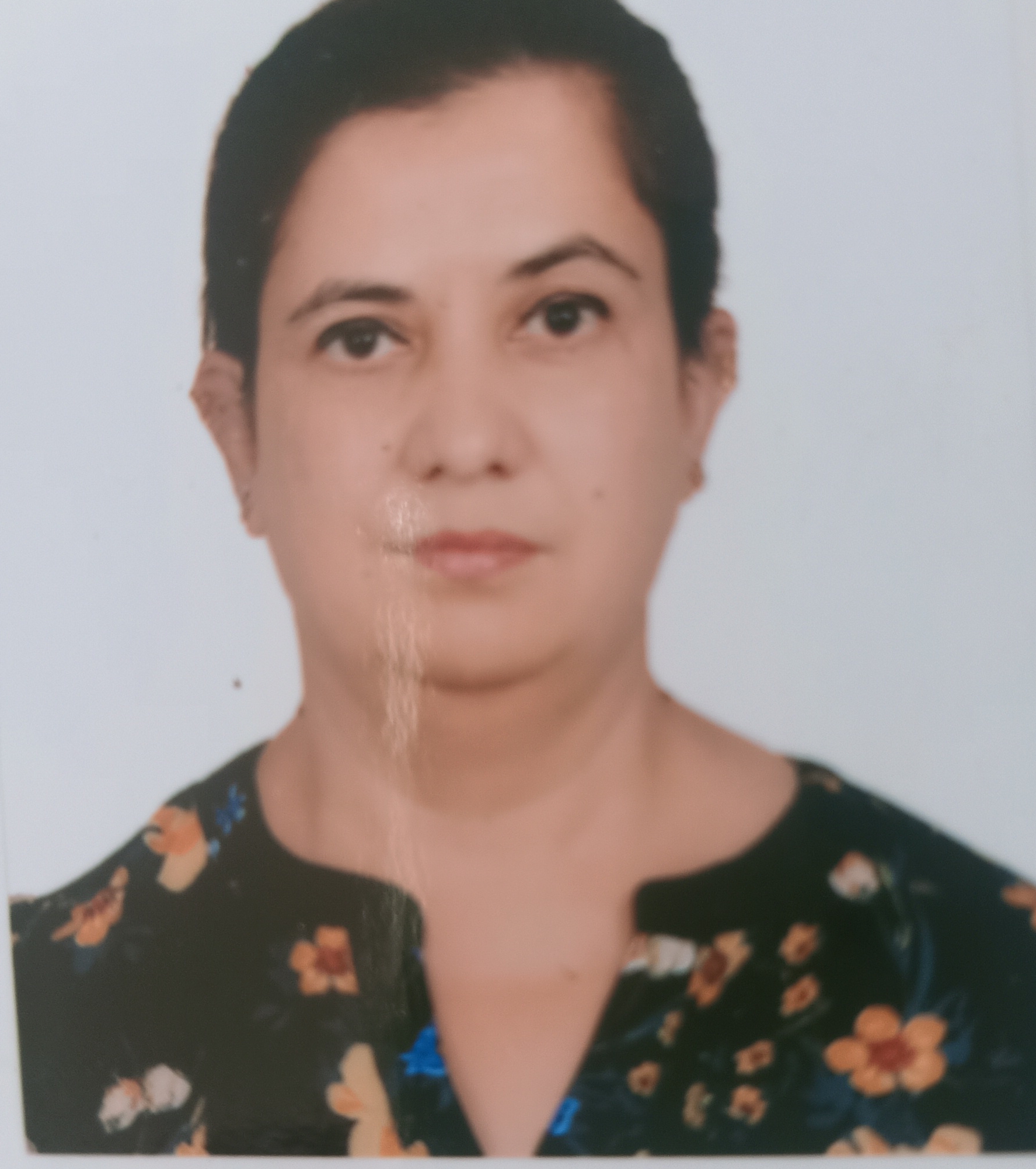
Let me begin by explaining what euthanasia actually means and its practical relevance. It is nothing but medically supervised and legally permissible suicide. The moral ethical and legal dilemma posed by this concept is heightened by the participation of faculty who are revered for saving lives.
This moral, ethical and legal minefield has always garnered controversy and has the potential to rock the very foundation of culture and prevalent society.
Euthanasia has divided society and the country which have instituted functional systems or are in the process of introducing one have been very cautious and have introduced the term sensitively. The process has been ongoing with society members’ participation and the discussions have been open. Thus introduced processes have been all-encompassing, morally ethically and legally binding.
Why is it a need?
Questions might arise about the need for such a process, this is centred on the right of individuals to a dignified, painless death. The debates on the civil rights of an individual have processed to euthanasia. Rapid development in medical investigations and therapeutics together with improvement in quality of life has increased life expectancy globally.
This longevity is welcomed and enjoyed till one remains functional physically and mentally. When old age becomes more and more care dependent then one tends to lose the desire to live. The situation becomes worse when one is inflicted with life-threatening chronic diseases like cancers and incapacitating diseases like Alzheimer’s, multiple sclerosis, parkinsonism, last stages of COPD, and renal diseases where death is imminent albeit with prolonged suffering.
So global consciousness was awakened to address the plight of these individuals, where advocates were questioning the rights of these individuals for painless death. The process was started long back with the choice for the addition of DNR in the chart of old patients, which implies do not resuscitate in the case when the heart stops beating.
We as medical professionals have counselled family members about switching ventilators in brain-dead patients. These chronically incapacitated patients wanted the right to choose death at their chosen time.
How does it work for all parties?
As these are responsible procedures legally and medically, binding criteria are set. Counselling and deliberation to arrive at a decision are given such that when such a decision is made all parties involved are accepted.
This is not a hasty process and only a few countries like France, whose service has been functional and Australia which is to introduce it this year. This process is to start when patients argued about their rights and asked lawmakers and parliamentarians for a painless exit, when despite all medical interventions and therapeutics all they were waiting for was a painful, debilitating prolonged, uncertain wait for death.
They wanted the last right as an individual for a dignified death, after finalising all their affairs and after proper goodbyes to their loved ones. The grieving families were also all accepting because planned death spared them to withstand their loved ones suffering and slowly fading away. This made the grieving process a bit bearable and a bit more easily.
At the end
Nepal is in the time frame when Nepali society needs to be introduced to euthanasia. Such that healthy robust discussion is started, we as a society need to start thinking about how as a society we want to progress.
Nepal like the rest of the world has an increasing elderly population and increasing prevalence of these incapacitating incurable chronic diseases. So we are bound to face a similar situation as West sooner or later.
Introducing such a facility requires first creating awareness and grievance alleviation, which can be started presently.























